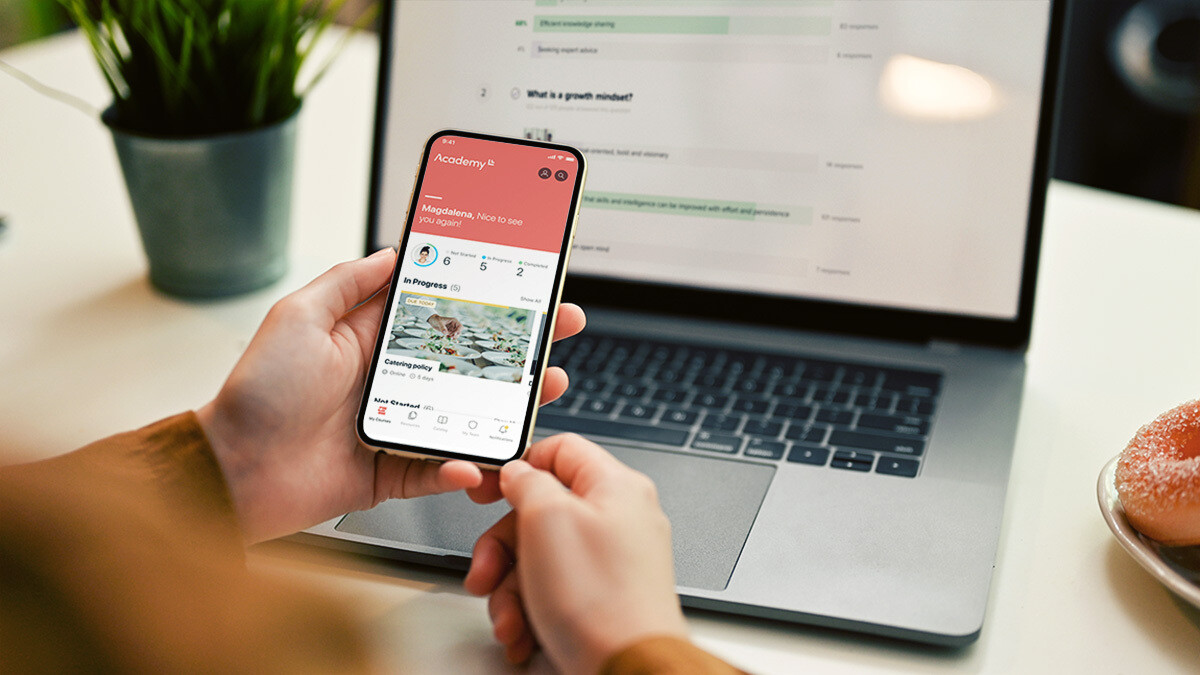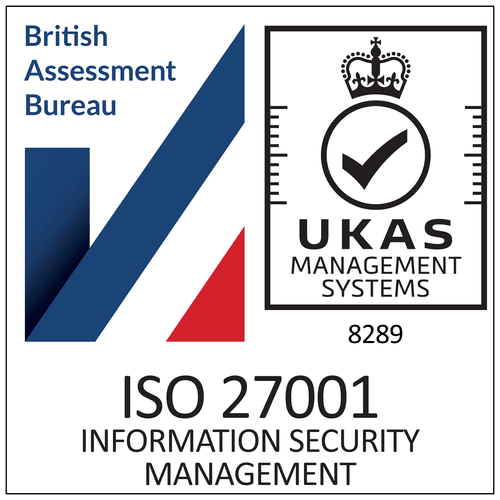Learnster's customer ICA Gruppen is an organization with many different types of businesses. The Group consists of the grocery retailer ICA Sweden and Rimi Baltic, ICA Real Estate, ICA Bank and the pharmacy chain Apotek Hjärtat. The organization has high learning ambitions and goals for skills development.
In 2021, ICA Gruppen reached a transformative phase. Learning was being transferred from the central L&D department out to the local business units. These ambitions put higher demands on the learning technology and the internal infrastructure. ICA Gruppen therefore decided to look for a new LMS (Learning Management System) for internal training.
In this article, Malin Wretman, Head of HR Digital Solution, and Jenita Nilsson, Learning Digital Lead, share their experiences and tips on how to choose the right LMS for your organization.

Malin Wretman is Head of HR Digital Solutions at ICA Gruppen. She has spent the past 5 years working at both the organization's Learning and Talent Development departments. Malin is passionate about L&D and digital transformation and has worked for many fast-growing tech companies in the past.

Jenita Nilsson is Learning Digital Lead at ICA Gruppen's Learning and Talent Development team. She has nearly 20 years of experience in L&D and learning technologies, 5 of which she spent working for ICA Gruppen.
Step 1: Explore your employees' needs first - then the technology
Start by exploring the internal needs. Where are you today and where do you want to go as an organization? This is not always an easy task. Especially not if you are working for a larger organization.
To get a clear picture, you need to talk to the employees in the local businesses. Try to get an understanding of their day-to-day work and their needs. Ask broad, open questions and let the employees paint the picture.
- What skills and knowledge do you need to do your job?
- When did you last learn something new?
- What made that information stick?
- How do you prefer to learn new things?
More technical questions like "What do you expect from a learning platform?" usually give limited information. Once you get an idea of your employees' work situation, then you can start focussing on technology.
"There are no shortcuts. Talk to the employees in your organization and try to understand their needs. Let them paint the picture."
- Malin Wretman, Head of HR Digital Solutions, ICA Gruppen
Step 2: Summarize and condense the findings
Your research may give you large volumes of data. Especially if you work in a larger, or more complex, organization. If so, then try to summarize and condense the findings from your interviews. Are there any recurring themes or topics?
Step 3: Identify patterns and create user stories
Can you identify any patterns in your data? Then use these to create user stories, or learning scenarios. The purpose is to understand when learning occurs and where technology is needed, from an employee perspective.
A user story may look like this:
- Employees at department X prefer this learning style
- This task or situation requires skills and knowledge
- Here is where learning technology is required
"Have clear and specific objectives of what you want your digital learning ecosystem to achieve."
- Jenita Nilsson, Learning Digital Lead
Step 4: Match user stories with learning categories
Cluster similar user stories and match them with types of learning. You can use the following learning categories:
- Step 1: Formal learning, core requirements
- Step 2: Formal learning, better effect
- Step 3: Informal and social learning, Learning in the flow of work
User stories and learning categories help you understand your organization's current situation and future priorities. One advice is to start focussing on the core, i.e. step 1 and step 2, before you level up to step 3.
"Build a solid foundation and secure formal learning first. Without this, you may lose credibility and your future developments will not really matter."
- Malin Wretman, Head of HR Digital Solutions
Step 5: What does the LMS market look like?
Collect tips and inspiration from industry peers and other LMS users
Steal with pride. Your industry peers might be a valuable source of information. Exchange thoughts and experiences with other LMS users. Ask questions and try to understand how they went about choosing LMS. And are they still happy with their solution today?
Test LMS providers against your user stories
Invite a number of LMS providers to showcase their solutions. Build an RFI (request for information) based on your user stories. Then evaluate how well they live up to it.
Step 6: Invite employees to a reference group
It can be difficult to stay objective. Being in the buying process, you may get biased from all the information, conversations, and experiences along the way. But at the end of the day, it is your employees who should be happy with the LMS. Not only the L&D department.
It is therefore a good idea to involve the employees in the decision-making process. Invite representatives from all departments and user roles (learners, admins, subject matter experts, etc.) to a reference group.
"User-friendliness is vital to us. We wanted to see the workflow in the platform to make a proper evaluation."
- Malin Wretman, Head of HR Digital Solutions
Show them recordings of scenarios and workflows from within the platforms, from an end-user perspective. You may even invite them to try out the platform. Let your test pilots complete courses and execute tasks independently, without support.
Make sure to collect careful feedback. To evaluate the user-friendliness, you can ask some of the following questions:
- How intuitive was the platform? Was it obvious how to navigate and where to click?
- How easy was it to work within the LMS?
- Was it a fun experience?
- Did you continue exploring the features and functionalities?
This exercise can help you define your LMS must-haves and non-negotiables.
Step 7: Make a shortlist of LMS providers and define your must-haves
Now, it is time to deliver a sharp RFP (request for proposal), including your user stories and must-haves. What functionalities or enablers are you not willing to compromise on?
Look for your match made in heaven and make sure you and your LMS provider have similar long-term ambitions.




